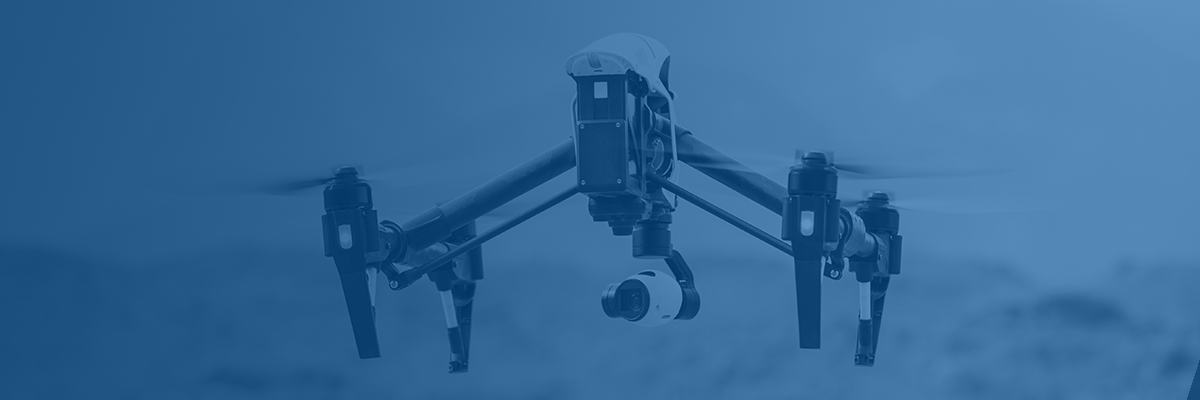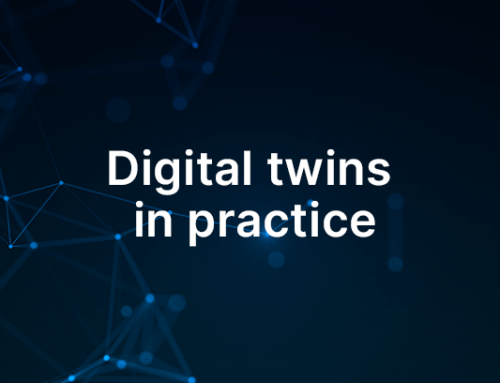Histories’ cautionary tale
On 5 August 2010, the world’s focus shifted to the safety of mining’s greatest resource, it’s workers. As workers of the San Jose copper mine and Chile returned to work after lunch a mining operation’s greatest fear became worldwide news. In an instant one of the mine’s tunnels collapsed, trapping 33 men in the process. The 600m rescue mission took 17 days to complete all the while workers were pondering how this could have been avoided.
Technology saves the day, and resources
Technology’s impact in mining has received wide praise for increases in productivity, however, its impact on worker safety can not be understated. From surveying to exploration, drones have entered were previously thought impossible.
In the case of San Jose’s mine, imagine if drones could have been used back then? Today, we can have drones scanning a blast site to ensure staff has evacuated or exploration of shafts without any human risks, drones are set to make mines safer and more productive with a steadily reducing cost. Other implementations in the space also include drones 3d mapping an area for 10% of the cost of traditional methods or diving deep and assessing shafts for the possibilities of rockfall.
Although relatively new in the industry, drones usage in mining has seen a 26% rise in 2019 alone and is predicted to keep its steady rise as more mines implement their new eye in the sky. This increase in adoption and the radical rise in AI technology have already made drones indispensable in other industries.
Drones and AI- a match made in tech heaven
BNSF Railways, the US’ largest railway company, has paired drone technology with AI to truly create a bird’s eye view of every aspect of their tracks. With 300Gb of images captured at 2 shots per second, that gets overlapped with AI to enable detection of 30 damage instances at once. This data paired with machine learning (ML) has enabled autonomous flying with collision detection and obstacle detection.
Pairing AI and ML have allowed drones to operate in a swarm, what seems like an accident waiting to happen is a carefully coordinated dance between drones resulting in larger areas covered and increased data processing.
Drone developers, WingtraOne have been paving the way forward with the use of drones in mining, showcasing how drone data provides more precise volumetric measurements than traditional surveying methods, such as ground-based GNSS.
With augmented reality already finding its place in drone tech and the rapid increase in lithium polymer batteries alternatives, we can expect drones’ flights to be longer, faster and more impactful in the not-so-distant future.
The tip of the iceberg is in sight
What was simply a pipe dream a few years ago is now seeing implementation in the sector. The drive to process more data at a lower cost and quicker turnaround times is leading the charge in drone technology and will have us all keeping a keen eye on the sky in years to come.




